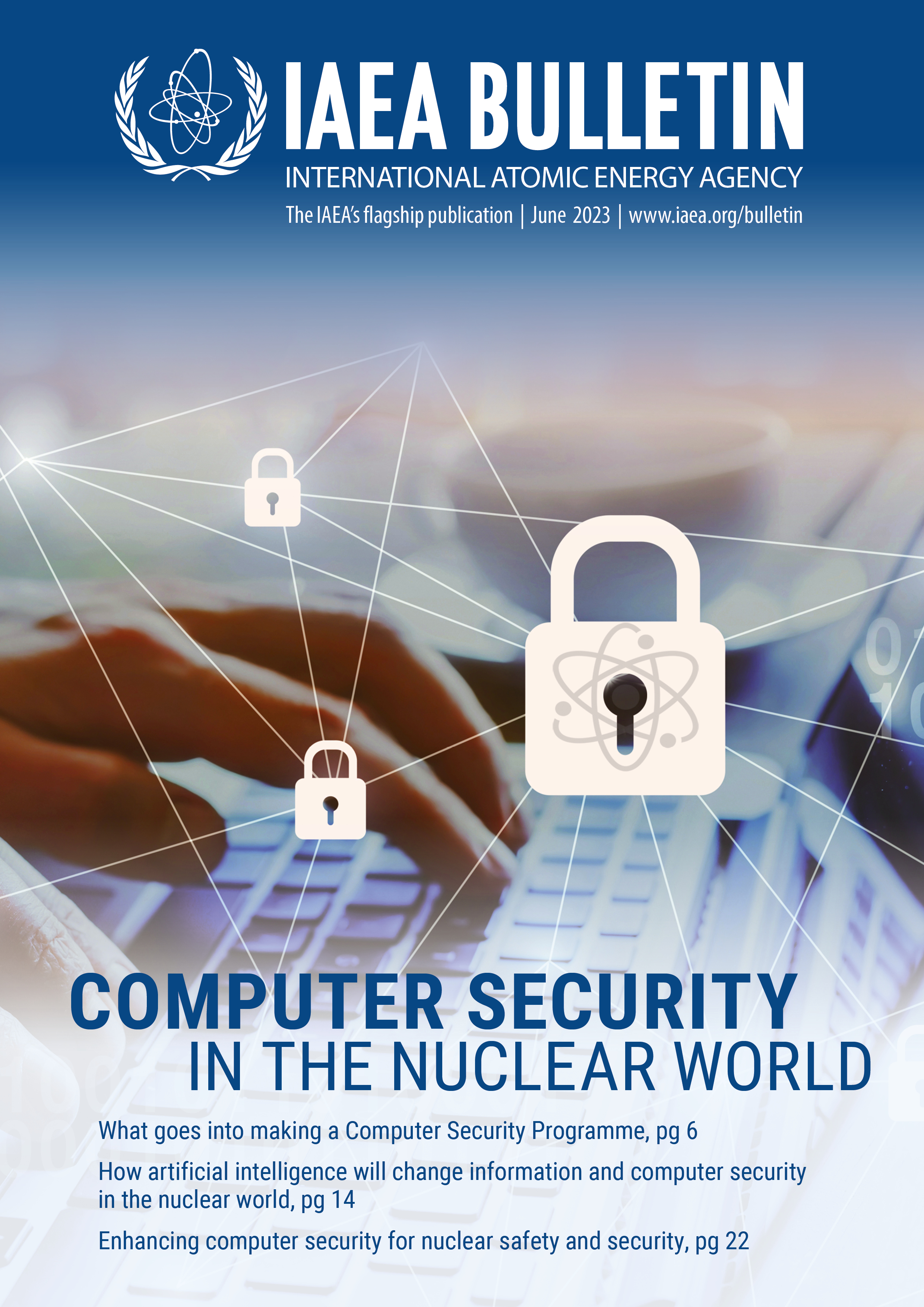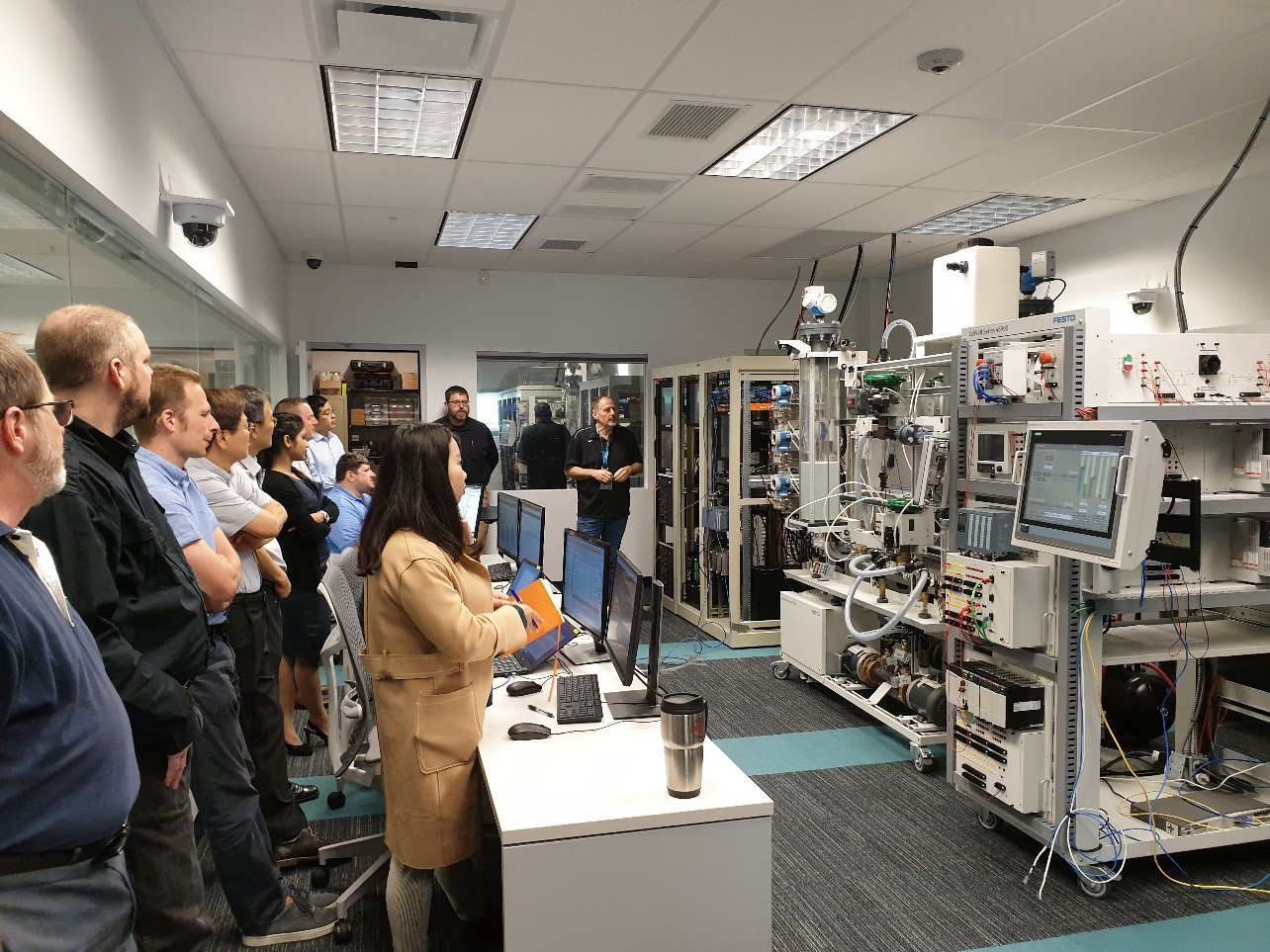Identifying anomalies in the operations of computer systems that control critical safety and security functions calls for extensive expertise, and the actions required need to be tested, analysed and amended in order to be robust.
“Anomaly detection plays an important part in early assessment of possible threats targeting the computer-based systems at nuclear and radiological facilities,” said Scott Purvis, Head of the Information Management Section in the IAEA’s Division of Nuclear Security. “Usually, the anomaly detection techniques are based on artificial intelligence applications such as machine learning, statistics-based, knowledge-based methods or other technologies,” he said. Such technologies are used to identify deviations from expected network communications or process measurements which can be the first indicator that a computer system’s defenses have been bypassed by an intruder, and can provide real-time detection of cyberattacks.
These technologies are important because a highly capable malicious actor may introduce malware that compromises the safety or security functions of a digital system while falsifying data from sensors and indicators sent to an operator. This means that the operator may be unaware of any malicious activity taking place and will initially react based on what is displayed in the control room, potentially being misled into taking the incorrect action. Only through the automated detection of the smallest anomalies in such a cyberattack could an operator be correctly informed.
To address this important area of work and other computer security challenges, the IAEA launched a specific coordinated research project (CRP) in 2016.

